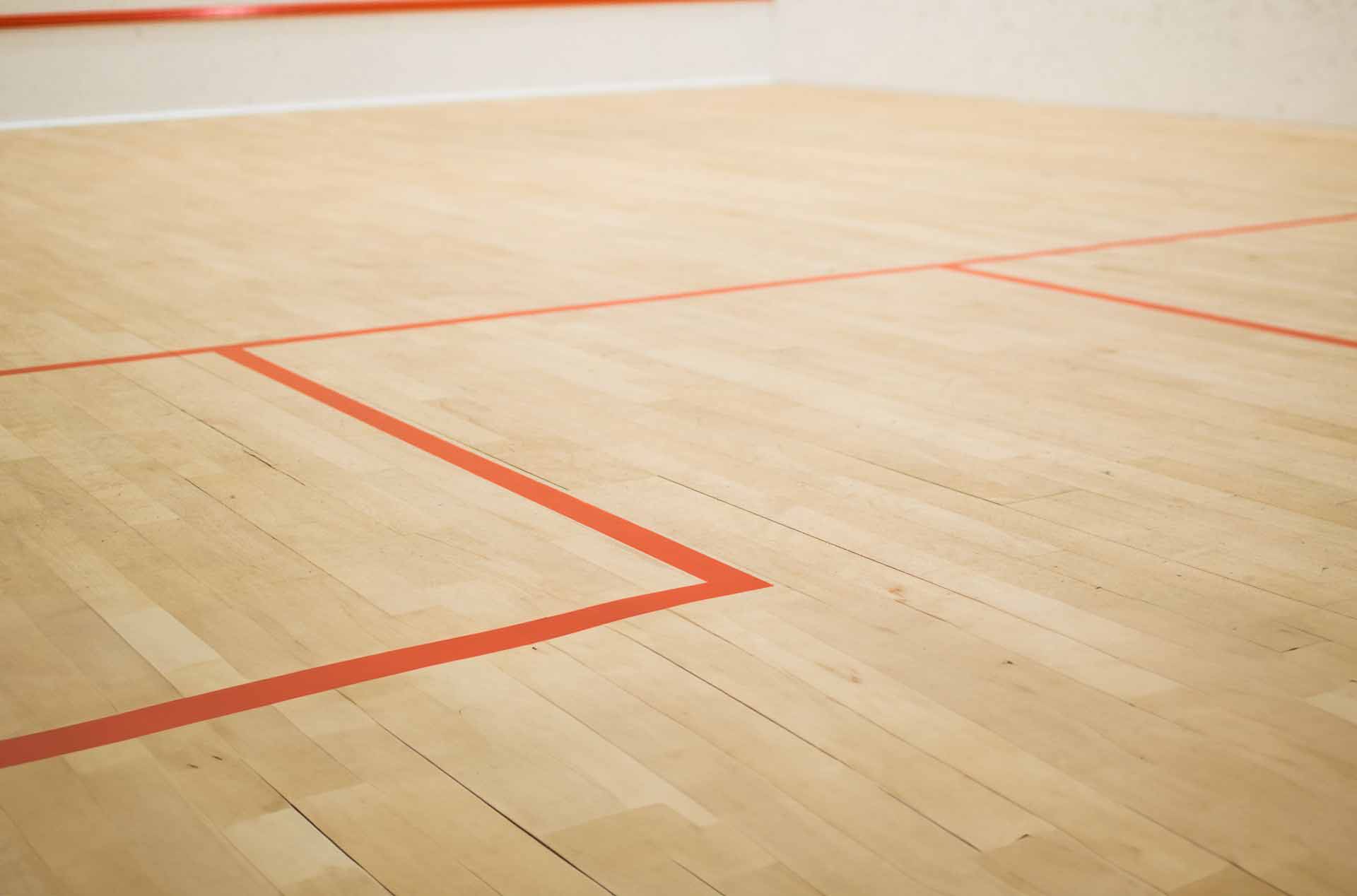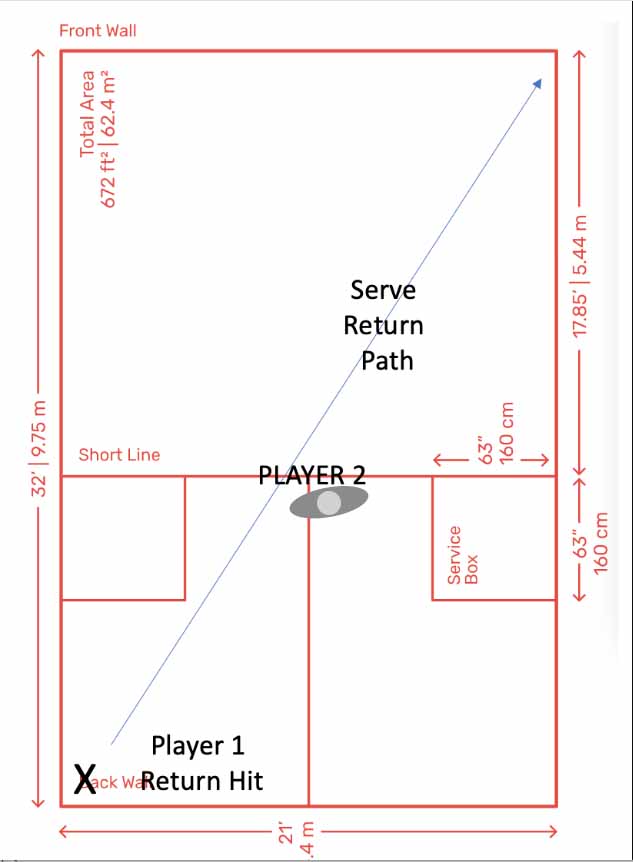Your cart is currently empty!
Reading Time:
Where to Stand After Serving in Squash

Squash positioning is important to allow you the best chance of a quickly hit ball. But in some cases, we are not sure exactly where we are supposed to stand after serving. Conventional wisdom often advises players to relocate to the “T” area. However, sometimes players are confused when their serve retrieved at the backcourt places the server directly in the trajectory of a potential crosscourt shot, leading to frequent instances of being struck by the ball and conceding points, not to mention acquiring bruises in the process.
On the contrary, abstaining from moving to the “T” leaves one vulnerable to a straight shot, further complicating the strategic decision-making process. This dilemma is particularly pronounced in club-level matches where the absence of a referee adds another layer of complexity.
In such scenarios, if a player is in the way, calling for a let (which would likely be awarded as a stroke from a referee) rather than returning the ball is the best choice for the person returning the ball.
However, this doesn’t address where you should stand.
The following example was provided in a Reddit post asking this same question with the following diagram.

Test what you can see with a partner the next time you are in court
This diagram demonstrates the gives you the solution. Player 2 will not take up as much space as the label “Player 2” does on the diagram. The next time you are in court with a partner, practice positioning yourselves in different areas of the court and test where you need to be so that the player has access to play the ball to the front court.
Note that the farther back in the court you stand, the closer to the middle of the court you can stand. In most cases players don’t stand directly on the “T” but a step or two behind it. Therefore it will serve you well to pay attention to whether your opponent will play a drop or a shot to the back.
Where to stand after serving in squash

Also, while you are doing this testing exercise, test where you need to stand on a serve or a shot that may be played that is closer to the middle of the court from the back.
What to watch for on the return of serve
A player doing a cross-court shot will likely have his chest more open than if he or she were going to return the shot down the left side. Either way, choosing to stand just to the right of the T does not put you in significant jeopardy.
If you are watching your opponent which you should be, after your serve, you can stand just slightly right to the T when you can see your player is about to do a cross-court shot. It is only a small step to the right in this case, and the moment that the ball is played you can reposition yourself in the best place to get the ball.
If your opponent is retrieving a shot off the back wall, he or she will need more power to bring it to the back, and more precision to drop it to the front, so there are often clues in your opponent’s body language.
Keep in mind that in singles, the player only has the right to the front wall, not the side walls (rules are slightly different in doubles). That means even if the player wants to play a boast, the player does not have the right to play it and will not be awarded a let.
If the Serve is “Loose” Where should you stand?
The expression “loose” is used frequently in squash and refers to a shot that is not “tight” (close) to the walls. If you have played a bad serve, where should you stand?
If the serve is not directly in the corner like the diagram but slightly looser towards the middle of the court, or the serve has bounded off the walls in such a way that it bounces to the middle of the court, then you have simply played a bad serve and put yourself in a bad position. You still need to allow your opponent to hit the ball anywhere to the front wall. But based on your testing in court, you may not have to move out of the way as much as you think.
Considering these factors, finding the optimal balance between minimizing exposure to immediate threats and maximizing strategic positioning remains a pivotal aspect of gameplay in such circumstances.
Learn more squash tips and how to optimize your play.
by
Tags:
Leave a Reply
You must be logged in to post a comment.